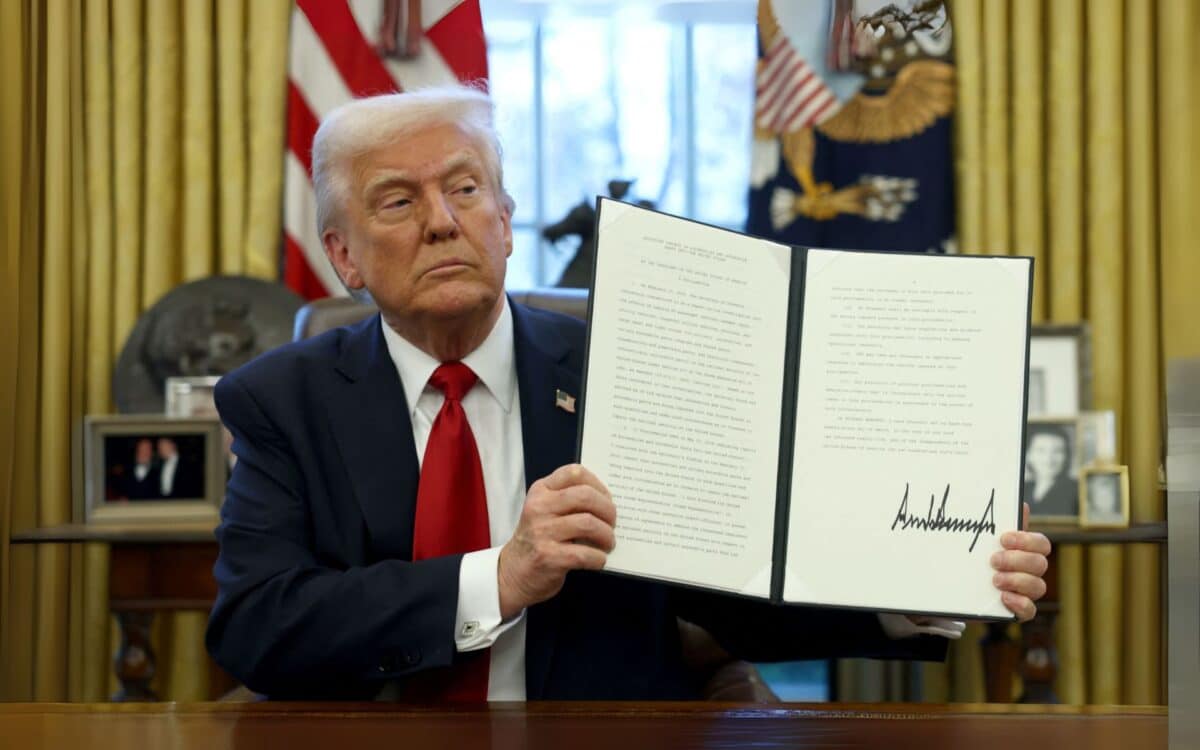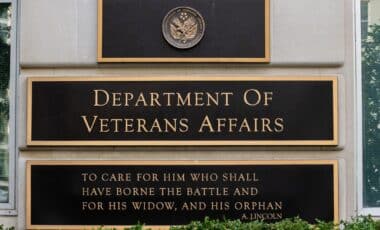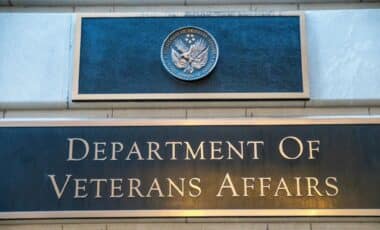US President Donald Trump has signaled that he might temporarily pause the vehicle tariffs he imposed earlier this year. This possible exemption would give automakers more time to adapt their supply chains, particularly in light of shifting production strategies.
While Trump initially described the 25% tariffs on vehicle imports as permanent, recent developments in the global economy and financial markets have prompted him to reconsider this stance. The decision to reconsider comes at a time when concerns about a potential recession are growing, as noted by financial experts.
According to 9news, Trump’s administration is exploring options to mitigate the economic impact of these tariffs on the auto industry.
A Shift in Policy
On Monday, Trump suggested that car manufacturers might need some time to relocate production from countries like Canada and Mexico back to the US. He explained that this transition could take time and hinted at potential support measures to help companies during the shift.
I’m looking at something to help some of the car companies with it – Trump said on Monday (Tuesday AEST). He added,
And they need a little bit of time because they’re going to make them here, but they need a little bit of time. So I’m talking about things like that.
Industry Support for Domestic Production
Matt Blunt, president of the American Automotive Policy Council, which represents major automakers like Ford, General Motors, and Stellantis, expressed support for Trump’s goal of increased domestic manufacturing.
However, Blunt acknowledged that imposing broad tariffs on parts could hinder progress toward this goal.
There is increasing awareness that broad tariffs on parts could undermine our shared goal of building a thriving and growing American auto industry, and that many of these supply chain transitions will take time – Blunt said.
The Evolving Tariff Landscape
Trump’s recent statement marks a shift in his stance on tariffs, following months of aggressive trade policies. When he first announced a 25% tariff on vehicle imports in March, he labeled it as permanent.

Yet, as financial markets reacted with concern, particularly over the potential for a recession, Trump has appeared to soften some of his previous hardlines.
Just last week, following a bond market sell-off that raised US interest rates, Trump adjusted his broader tariff strategy. The tariffs on imports from dozens of countries were lowered to a baseline rate of 10% for the next 90 days, aimed at buying time for further negotiations.
Revised Tariffs on China
In a similar move, Trump increased import taxes on Chinese goods to 145%, yet exempted electronics from the full brunt of these taxes. Instead, these items are being taxed at a reduced rate of 20%, illustrating the administration’s efforts to balance trade policy with market realities.
These moves reflect a broader pattern of tariff revisions and adjustments as Trump navigates the complexities of domestic economic conditions and international trade dynamics.









